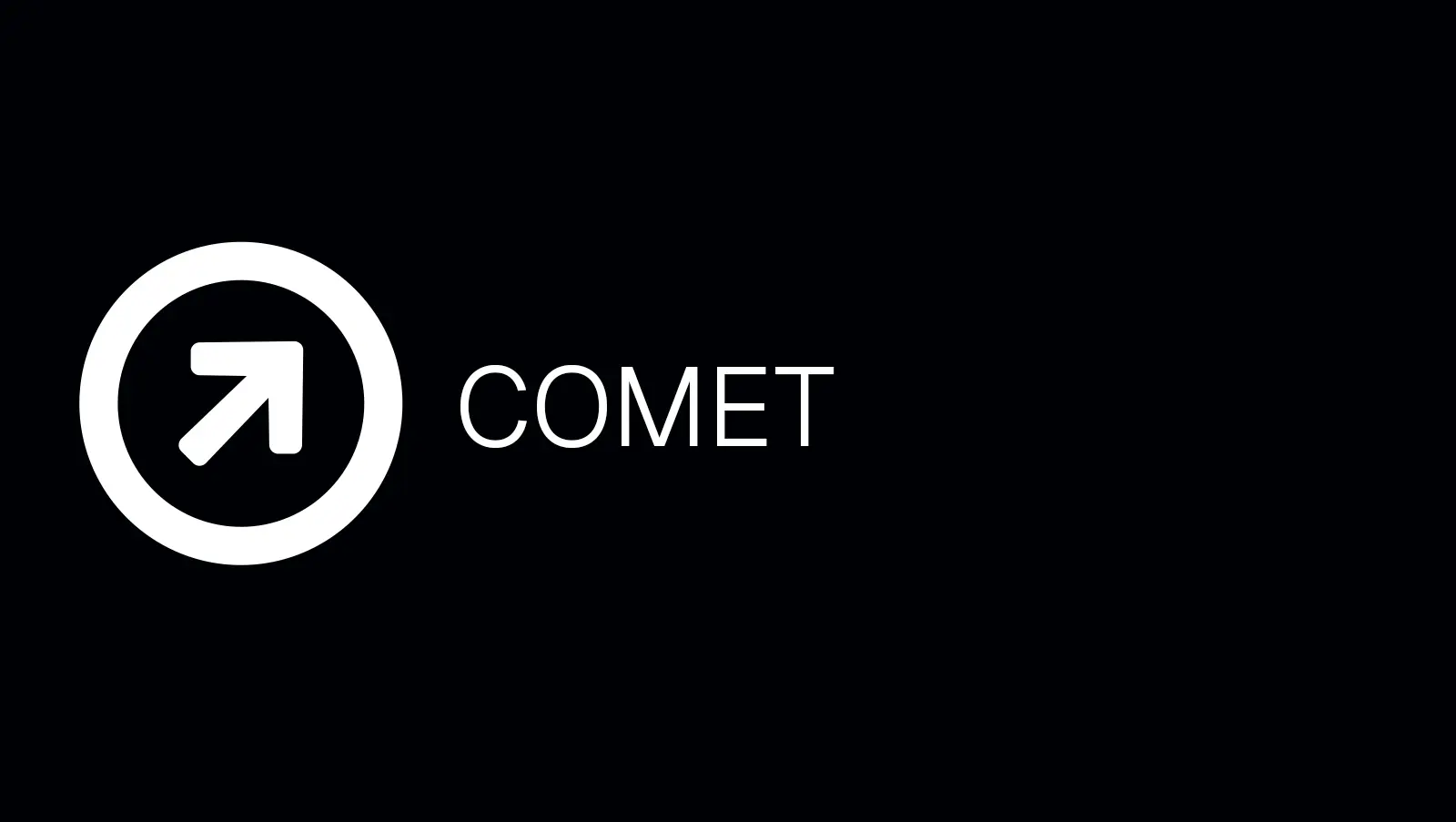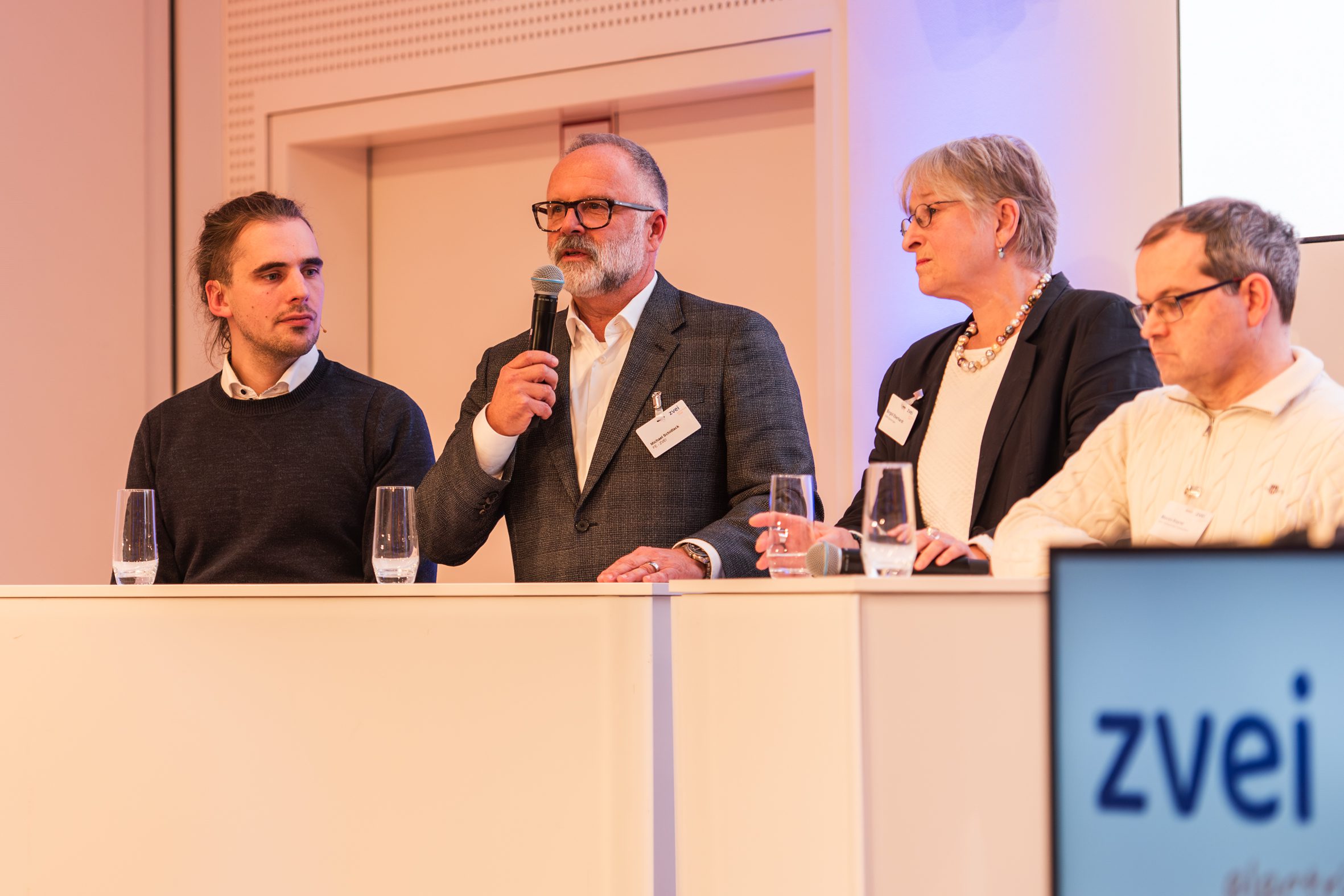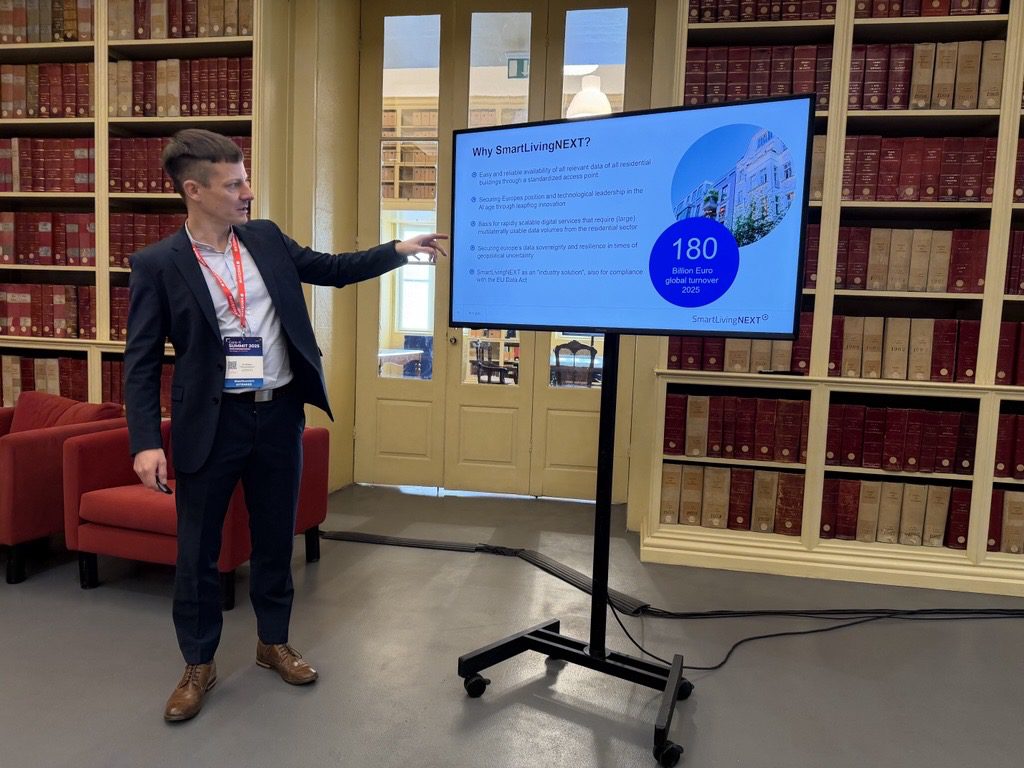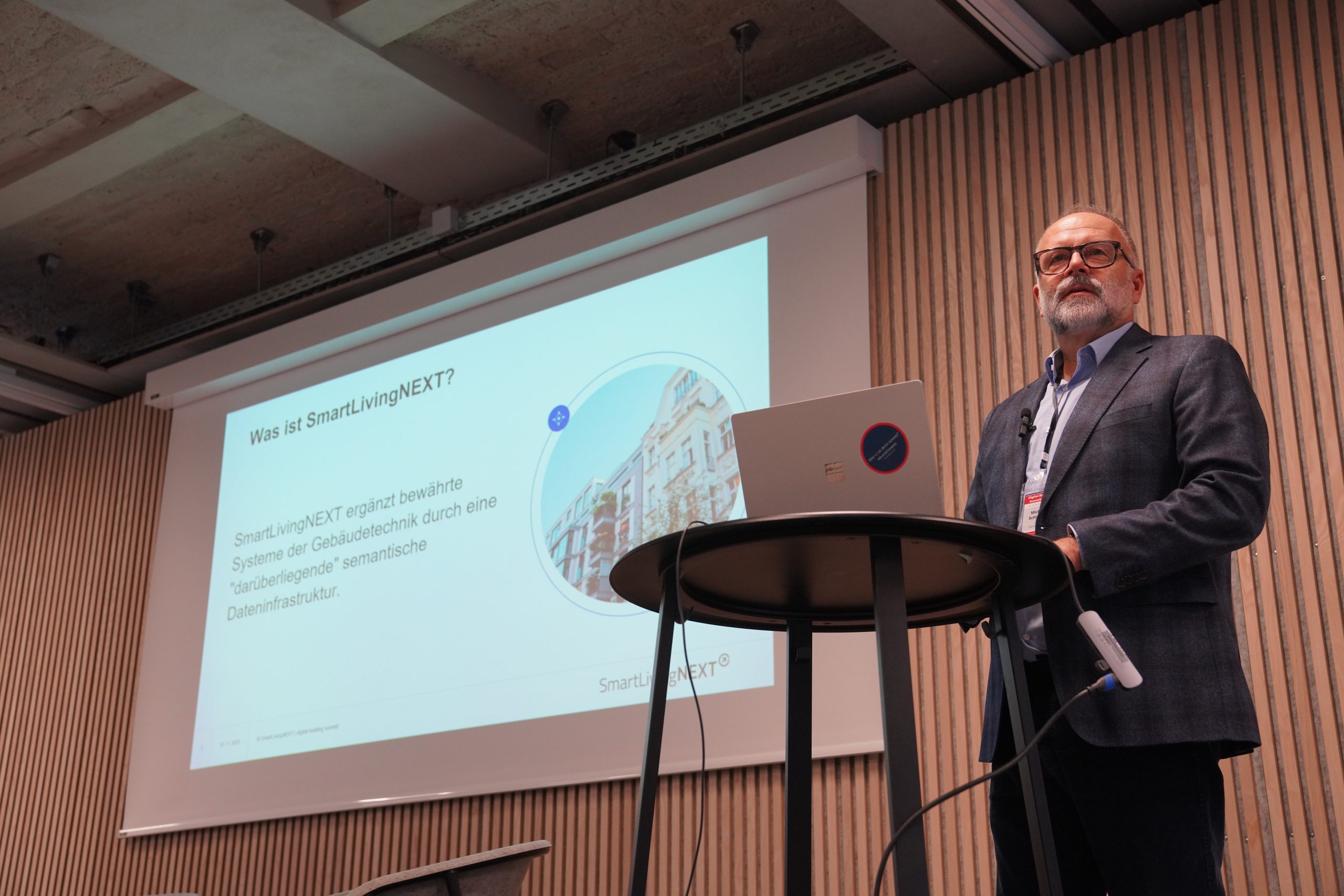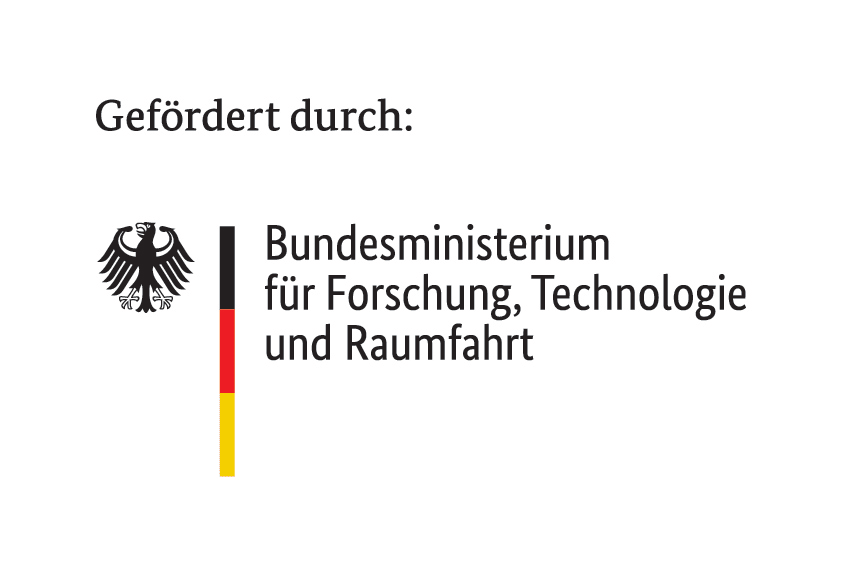“Building digitization will be the basic building block for a sustainable, secure and affordable energy supply in the future.”
10. September 2025
6 minutes
The Competence Centre for Energy Efficiency through Digitalization (KEDi) – a project of the German Energy Agency (dena) – supports the building industry in better exploiting energy efficiency potential through digitalization. We spoke to Dr Marcus Rackel, Head of the Buildings department at KEDi, about digitalization in the building sector and his motivation for participating in SmartLivingNEXT.
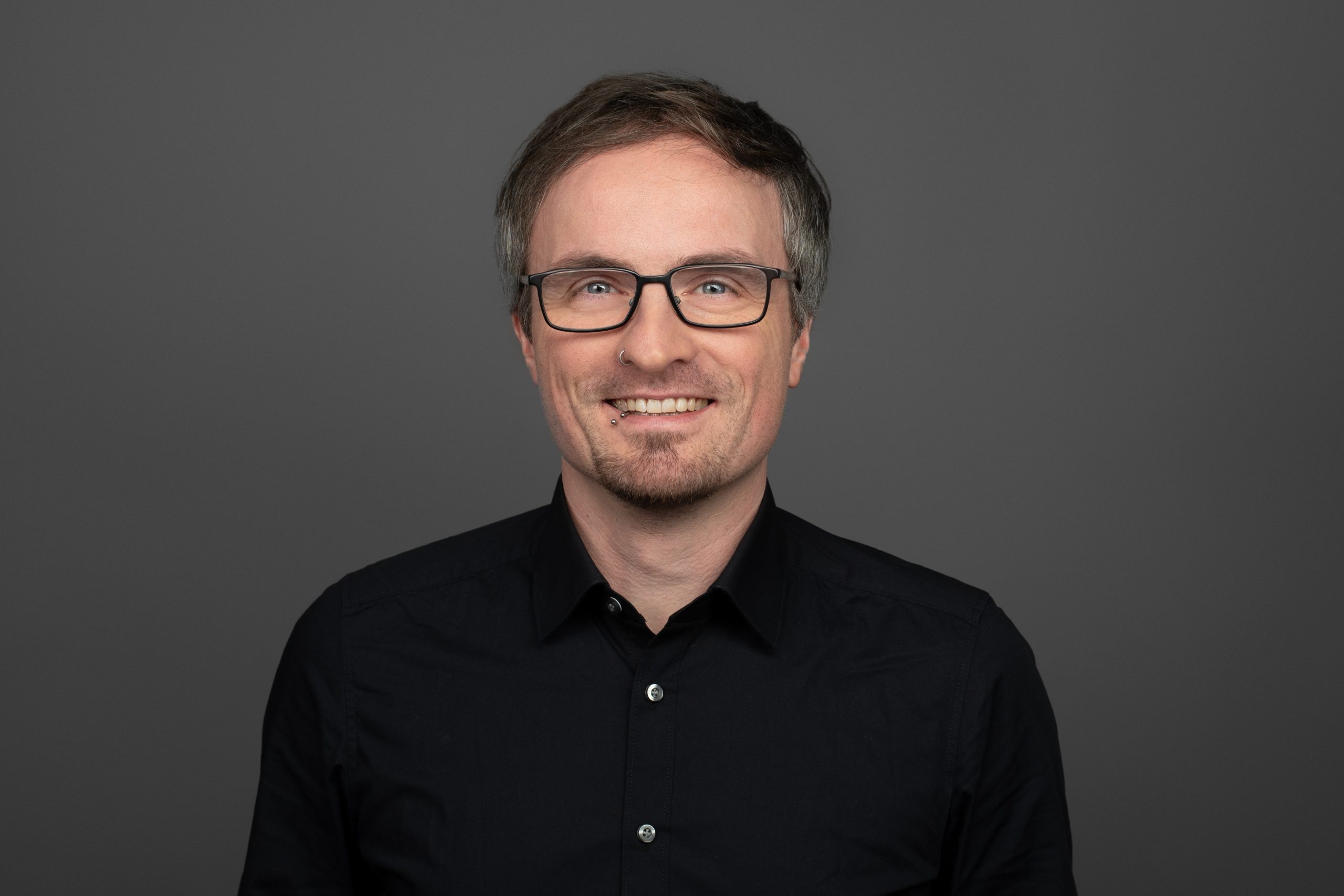
Dr. Rackel, when do you consider a building to be energy efficient?
There is no general answer to this question, as buildings have to be considered on a very individual basis. In addition to the location, year of construction and type of building, the use and the adjacent infrastructure must always be taken into account, so it can quickly become very complex. First of all, efficiency assurance should be guaranteed for all buildings in their current state of refurbishment. This is because even in buildings with older system technology, efficiency potentials such as lowering the flow temperatures and adjusting the circulation intervals can often be exploited. Digital monitoring systems with subsequent optimization are very helpful here. In the next stages, refurbishment measures are then carried out on the system technology (e.g. installation of a heat pump) and, if necessary, on the building envelope, so that the goal of climate neutrality is ultimately achieved.
How do you currently assess the status of digitalization in the building sector in Germany? And where do we stand compared to other countries?
First, let’s look at what is meant by digitalization in the building sector. Digital value creation always starts with data. We are not exactly pioneers here in Germany, i.e. we do not have a sufficient data basis to monitor and optimize the energy supply of buildings, for example.
Which innovative solutions in the field of smart buildings do you think are particularly promising?
Technically, there are many innovative solutions, although it is also clear that we are not talking about rocket science here. The important thing is that I should first think about the application. What do I actually want to achieve? What solutions already exist? In my opinion, solutions currently exist for almost all problems. The challenge here is to find good and suitable solutions.
What are the current challenges for the market acceptance of smart living technologies?
Currently, the benefits and added value of digital solutions in the building sector are not known everywhere and/or digitalization is seen as a very complex topic. As a result, smaller players in particular are often reluctant to embrace new technologies and do not see them as an opportunity. Another important point is that there are many new providers and the market is therefore very confusing. Here again, smaller companies are primarily affected, as their resources are often insufficient for individual filtering.
To what extent can artificial intelligence (AI) and IoT (Internet of Things) contribute to increasing the efficiency of buildings?
The efficient use of building data to optimize energy efficiency and create further added value is a major challenge. This is where AI-optimized algorithms can come into play. The collected data can be particularly useful for individual or building-specific load forecasts. For example, they enable predictive and therefore energy-efficient operation of the systems. For example, a heat pump could “preheat” the building and the heat storage tank at night if the weather forecast is favorable and the electricity price is low. The exact time period and the amount of energy used are precisely matched to the demand, so that the most cost-effective case is targeted.
KEDi recently became an associated partner of SmartLivingNEXT. What expectations do you have of this partnership and what synergy effects do you hope to achieve?
We want the issues of interoperability, interfaces and data communication not to be obstacles to the digitalization of buildings in the future. With our practical perspective and direct contact with users, we can work together on solutions and drive them onto the market more effectively. I believe that there is enormous potential here.
What political and economic measures are needed to bring digital innovations to the building sector more quickly?
Although there are already numerous digital building technology offerings, they have so far been little used in the housing industry.For this reason, KEDi commissioned a study to investigate how business models in the field of building automation address the challenges and needs of customers and tenants. The study shows that there is already a wide range of products, services and consulting offers for building automation and that these are becoming more diverse.
If you take a look into the future: What will smart and sustainable buildings look like in ten years’ time?
Buildings will be active players in the energy system in the future – perhaps not all of them in ten years’ time. As flexumer, they will make a significant contribution to energy use, supply and storage. Harmonizing all of this requires intelligent management, which can only be implemented with the help of smart technologies. Building digitization will therefore be the basic building block for a sustainable, secure and affordable energy supply in the future.
Listen to the article (in German):
Editorial office:
Ilka
Klein
Category:
Flagship project
